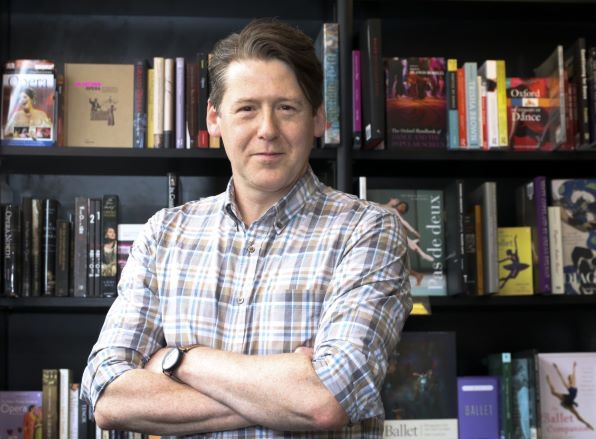In this extract from his review of the publishing year in the Writers' & Artists' Yearbook 2023, The Bookseller's Tom Tivnan discusses the influence and impact that TikTok has had on the publishing industry.

Trickles of the video-sharing platform’s power to boost sales for authors began in 2020 when ‘BookTokkers’ started enthusing about their favourite titles, which led to significant spikes for some authors.
That trickle became a tsunami in 2021, with TikTok propelling a number of books up the charts. Interestingly, most of the TikTok boom has resurrected titles published long ago (backlist, to those in the trade). Adam Silvera’s They Both Die at the End was originally released in 2017 by Simon & Schuster and sold a respectable but hardly spectacular 18,000 copies in its first couple years. TikTok pushed it to the stratosphere, selling 250,000 copies across 2020 and 2021, and it was the bestselling science fiction and fantasy book in 2021.
Another S&S writer, Colleen Hoover, similarly benefited. Videos featuring the American romance author’s books at the time of writing have had 800 million views on TikTok and it has had a transformational effect on her career. In 2019, Hoover’s 20 titles combined to sell 4,100 copies in the UK; in 2021, it was 290,000 units – led by It Ends with Us (2016), the UK’s top-selling romance novel that year.
At the moment TikTok is primarily benefiting the romance, historical, Young Adult, and science fiction and fantasy space. Other big hits include Taylor Jenkins Reid’s The Seven Husbands of Evelyn Hugo (S&S again! 2017), Madeline Miller’s The Song of Achilles (Bloomsbury 2011), Kathleen Glasgow’s Girl in Pieces (Oneworld 2016) and Elena Armas’ The Spanish Love Deception, which was originally self-published in 2021 but when it became popular on TikTok was picked up by – you guessed it – S&S and re-released at the beginning of 2022.
Given the book genres and age of the average TikTok user, there was more than a bit of snobbishness when the ‘TikTok-made-me-buy-it’ tables started popping up, particularly at Waterstones. But the trend has addressed one of the big demographic problems of publishing, which is that people read for pleasure up to their early teens and after 40, but it drops off in those younger adult years (I guess they are all out clubbing and having fun – it has been too long for me to remember). Waterstones’ Daunt said that TikTok was the best thing to happen to younger readers in a generation, as shops were ‘full of teenagers and young adults’ for the first time since the heyday of Harry Potter.
Another interesting thing about TikTok is that it really can’t be directed by publishers. Corporate messaging just doesn’t jibe with its users – not in the same way publicists or marketers can sometimes use Twitter or Instagram to shop their books. The movement is organic and unpredictable, and publishers need to be nimble and ready if, say, some BookTokker in Ohio with one million followers suddenly starts enthusing about one of their author’s books.

This is an abridged version of an article taken from the Writers' & Artists' Yearbook 2023, available to order now from Bloomsbury.com
Tom Tivnan is managing editor of The Bookseller. Tom was a freelance writer and his work has appeared in the Glasgow Herald, the Independent, the Daily Telegraph and the Times Literary Supplement. Before joining The Bookseller in 2007 he worked as a bookseller for Blackwell’s in the UK and for Barnes & Noble in the US. He wrote the text for Tattoed by the Family Business (Pavilion 2010) and his debut novel is The Esquimaux (Silvertail 2017). Follow him on Twitter @tomtivnan
Comments